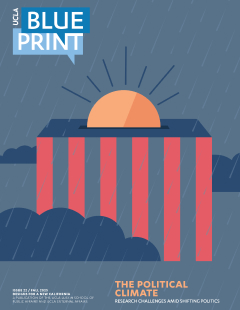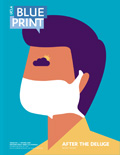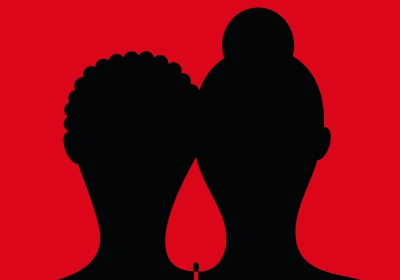It was back in the mid-’90s, but I still clearly remember picking up the phone and hearing the seething voice on the other end of the line. Parts of a story I had written on a raucous event at a downtown building “David” owned were wrong. Though we had spoken, I also used a few details printed in an L.A. Times report, assuming they were correct. They weren’t, and David let me have it — and I deserved it for blindly trusting another outlet. “Never call me again,” he boomed.
He meant it: It would be two years until he would speak with me.
As a journalist I am used to grinding on stories, securing interviews, digging out facts and making sure they’re right. But if you spend enough time in the business and work on enough pieces, you’ll almost certainly make an honest mistake.
This happens for all kinds of reasons. I don’t know anyone who has ever willingly published “fake news,” but I know many good journalists who were juggling four stories at once with deadlines approaching, and I can understand how something gets garbled. I’ve seen young reporters get snowed by a source with an agenda, or like me with David, succumb to inexperience. These days, few outlets have fact-checking departments.
The goal is always to be truthful and factual, but sometimes the conversation shifts: You got it wrong. How do you handle it?
Ideally with two words: “transparency” and “apology.”
I’ve learned something important from writing about political and other scandals — the mistake causes the uproar, but a cover-up, or making excuses, can turn a one-day story into a career sinker.
After David’s verbal beatdown, we printed a correction in the next week’s paper, and I mailed him a letter expressing my regret (after all, he wasn’t taking my call). During my years as the editor of a weekly newspaper, when a reporter messed up, we acknowledged it in the next issue (or made an online fix — and clearly noted the update). It was always embarrassing, especially when it never should have happened, but I adopted the mindset that the only thing worse than making a mistake is letting it linger.
This is not to equate knowing mistakes happen with being “okay” about it. The fact that I’m writing about David three decades later shows it still sticks in my craw. It’s the same with other screw-ups. I remember a lot of great stories I wrote, but I will also never forget the time a typographical public/pubic error made it into print. Cringe.
As a journalist you can get it wrong in other ways — and I’ve done that, too. I’ve spent decades writing political columns, often taking colorful shots at local leaders. Usually I’m on point, but I can err in tone. I remember the press aide who, after a piece published, came at me not for the content but my approach. “You’re better than that,” he wrote in an email. He was right.
Perspective helps. In one satirical column I leveled barbs at a city council member. Media criticism was part of the game, and he knew it, but not until years later, after he and I appeared on a radio show together, did I go back and re-read the piece. I realized that while the column was funny, my hits were egregious. I called him up and apologized for what I had written. He claimed not to remember it.
Even today, I bristle at every mistake. I’ll regularly read a story eight to 10 times before filing, but if a piece publishes and a reader points out a typo, I’m furious with myself, wondering how it slipped through.
I also thank the person who lets me know, so that it can be corrected immediately. Hopefully, each error makes me better. David made me feel 3 inches tall, but he did me a favor — never again would I blindly cop a detail. The goal, after all, is to get it right.
























